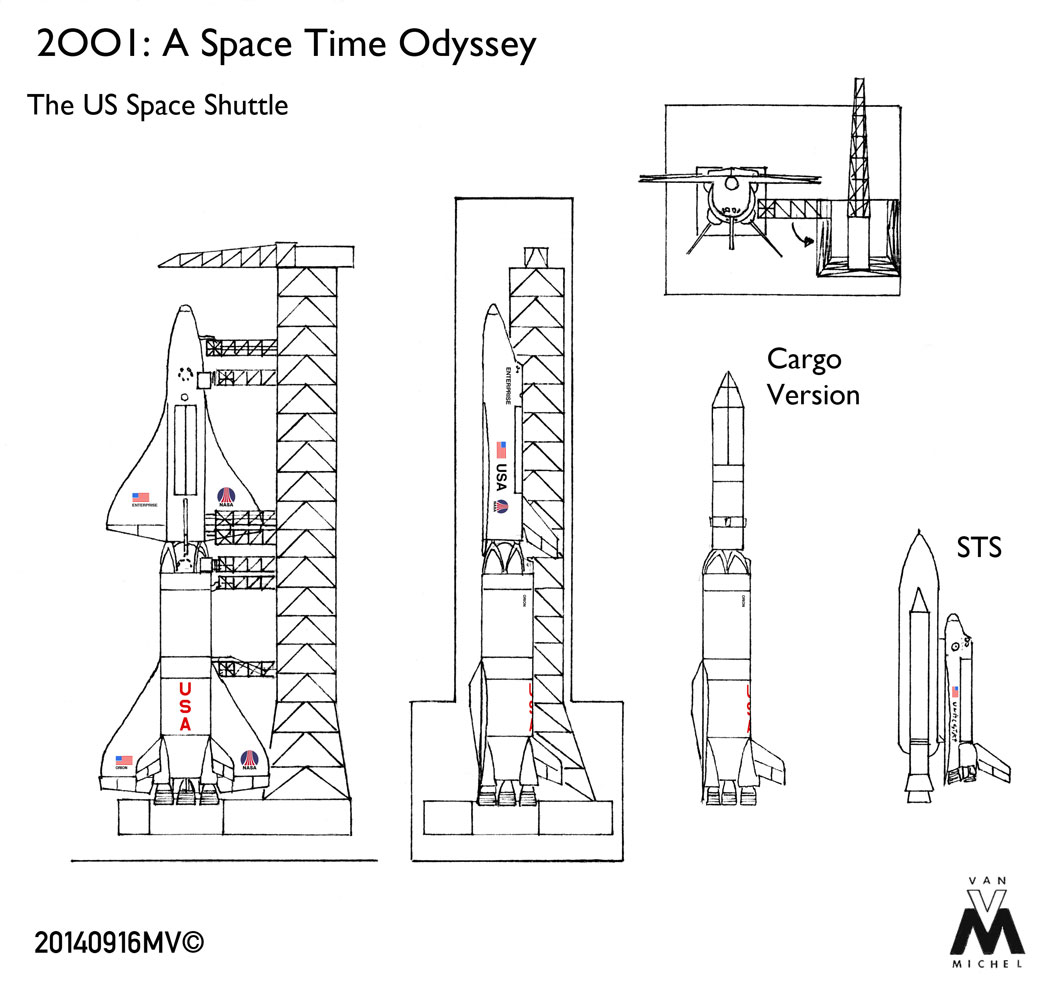I don't think any manned shuttle will be successful without a space station, launch Skylab B and OTL Shuttle will be a success.
Yes and definitively yes. And there's a pretty easy way of achieving that scenario.
OTL Skylab A lost a solar array and the other was stuck, meaning there was very little electrical power aboard Skylab A early on.
OTL Pete Conrad managed to unstuck the remaining solar array. It was a daring EVA.
Imagine he failed and Skylab A was lost definitively ?
In this scenario NASA would launch Skylab B, say, a year later. With the same issue as per OTL Skylab A, that is at the end of the space station useful life atmospheric reentry of the 80 000 kg spaceship couldn't be controlled.
OTL NASA discovered the issue in 1977-78. IOTL, they will face the issue much earlier (1975-76) when the derelicted Skylab A will reenter. if it is a fiasco as per OTL, in turn Congress will inevitably ask the question
"by the way, how do you intend to control Skylab B reentry at the end of the mission ?"
NASA will be rather pissed of by that question because it will force a proper disposal of Skylab B... or a robotic tug, or waiting for the shuttle, whatever. Together with that space station later launch date, it might last long enough that the space shuttle might rescue it in 1981.
Once the shuttle will rescue Skylab B (probably late 1981 with the STS-2 mission) everything will change.
A shuttle ferrying 4-man crews to Skylab B can butterfly STS-51L entirely. For example, only 4-men crew mean they can all seat on the upper deck and have ejection seats up to mach 3.
In a more subtle way, having the shuttle launching crews to a space station mean much less pressure on the satellite launch business, and that by itself can butterfly the Challenger disaster (no impossible launch window on January 28, 1986)
the bottom line: the shuttle would have been slightly more interesting and much less dangerous to fly had it flew to Skylab B early on...
With Skylab in orbit, space station Freedom case become even harder in Congress (I can see the Mondale, Proxmire and Bolland asking why does NASA wants a new space station when a Skylab is already in orbit....)
Without Freedom immense costs and delays to bother with, NASA can return to the Moon from 1989 via Bush 41
Space Exploration Initiative (Apollo 11 twentieth anniversary)
http://en.wikipedia.org/wiki/Shuttle-Derived_Launch_Vehicle
http://en.wikipedia.org/wiki/Jupiter_%28rocket_family%29
The Jupiter launch vehicles would be the least expensive among Shuttle derived, heavy lift rockets.
